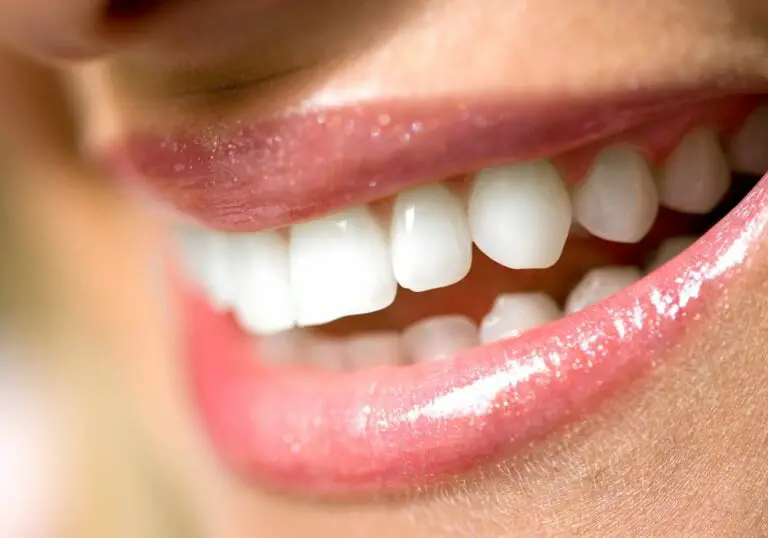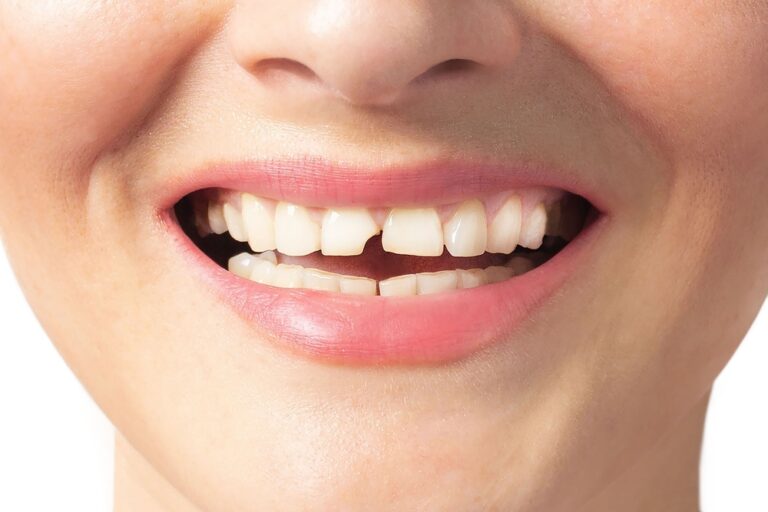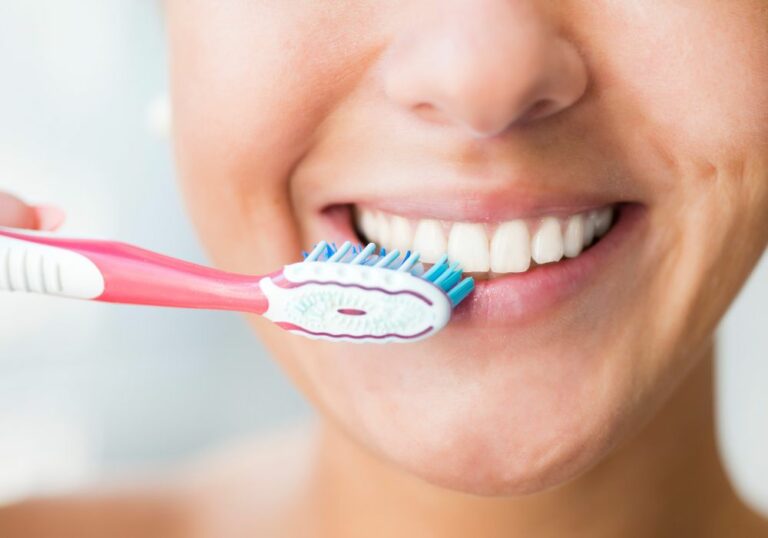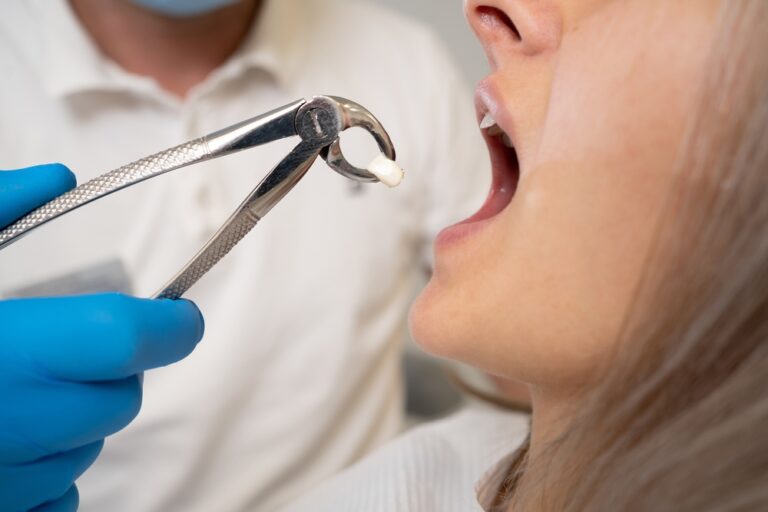Invisalign has skyrocketed in popularity among adults seeking discreet teeth straightening without the aesthetics of conventional metal braces. The clear, removable plastic aligners are virtually invisible when worn and use sequential series to gradually shift teeth into desired positions over time.
While Invisalign can treat all types of cases ranging from minor tooth alignment to complex bite corrections, a common question is whether Invisalign can be used specifically to target just the front, visible teeth that may be crowded, gapped or crooked. The short answer is yes – Invisalign can be customized to focus treatment only on front teeth in some instances. However, there are several important factors to consider first before pursuing this limited approach.
What you need to know before choosing Invisalign for only front teeth
If you are interested in Invisalign for correcting issues with only your front most teeth, here are some key points to understand before proceeding:
- Best practice involves all teeth. Invisalign was designed to include all teeth for optimal results. Isolating just front teeth can lead to potential stability issues down the road if back teeth are left unaddressed. The most predictable outcomes are achieved when front and back teeth are considered together.
- Front tooth movement affects other teeth. Even if only front teeth are being aligned, the positioning of back teeth serves as critical anchors and will invariably be impacted too. Back molars may require slight resurfacing or minimal movement to accommodate the adjustment of front teeth.
- Treatment times are usually condensed. Cases involving the movement of only front teeth generally have shorter treatment durations ranging from 4-12 months. Less overall tooth movement means aligners can progress through sequences faster.
- Results may be imperfect. Choosing to limit Invisalign treatment to just front teeth increases the likelihood of imperfect aesthetic results compared to full comprehensive treatment involving all teeth. Some patients opt for a quick fix understanding outcomes may not be perfect.
- Insurance may not cover it. Most dental insurance policies that offer Invisalign as a benefit have provisions regarding the extent of treatment required for coverage. Straightening only front teeth often does not satisfy these terms, making coverage unlikely.
- Special techniques are often implemented. To successfully isolate front teeth movements, orthodontists often use special approaches like precision cuts, attachments, interarch elastics and bite ramps. This enhances control.
With proper planning and reasonable expectations, Invisalign can be an option for improving front tooth alignment in appropriate candidates. Consulting an orthodontist is the best way to fully assess options.
When can Invisalign work for only front teeth?
These are common situations where using Invisalign to focus specifically on front teeth may be possible:
1. Closing gaps in front teeth
Excess space between front teeth is a frequent cosmetic complaint that can result from various causes like genetics or prior dental work. Invisalign can incrementally move front teeth together to close these gaps. This relieves pressure on supporting side teeth and helps prevent issues from worsening.
2. Rotating significantly crooked front teeth
The front 6 upper and 6 lower teeth are the most visible and focal point of a smile. Being able to straighten noticeably crooked or rotated front teeth with Invisalign can greatly improve facial aesthetics and self-confidence.
3. Relieving moderate front teeth crowding
In some cases, front teeth can become overlapped and crowded due to discrepancies in jaw size or continued erratic tooth eruption. Invisalign may be able to create space by incrementally moving the front teeth into proper alignment.
4. Leveling uneven front teeth
If upper or lower front teeth have erupted at noticeably different levels, Invisalign can selectively reposition the teeth for a more even bite and uniform smile line.
5. Aligning uneven midlines
When the upper and lower dental midlines are visibly mismatched, Invisalign can shift and center the front teeth to better align these midlines. Corrected midlines boost overall smile symmetry.
In more extensive cases like significant bite problems, severely crooked teeth, or moderate-to-severe jaw misalignment issues, treating only the front teeth with Invisalign is far less likely to achieve lasting results. A full treatment plan incorporating back teeth is strongly recommended for the most predictable outcomes in these situations.
Treatment duration with Invisalign for front teeth only

Treatment times using Invisalign for front teeth only shifts are generally faster compared to full comprehensive treatment:
- Mild front teeth crowding cases: Approximately 4-6 months
- Moderate front teeth alignment cases: Approximately 6-9 months
- More complex front teeth issues: Approximately 9-12 months
The condensed treatment times to move only front teeth are possible because:
- There are far fewer teeth involved in the movement sequence
- Front teeth generally require shorter distances and easier mechanics to shift into position
- There is less risk of compromised bite issues emerging that warrant correction
It is critical to note, however, that Invisalign treatment still requires wearing the removable aligners 20-22 hours per day for the entire prescribed treatment length determined by your orthodontist. Attempting to rush treatment by wearing aligners past prescribed timelines can damage teeth and lead to permanent issues.
Does insurance cover Invisalign for only front teeth?
Many dental insurance policies that include Invisalign as an orthodontic benefit have specifications regarding the extent and involvement of teeth required for coverage. For example, standard policy provisions may require:
- Full orthodontic treatment involving all teeth, not just front teeth
- A minimum of 12 misaligned or crooked teeth overall
- Mandatory involvement of all molars and incisors
These provisions are intended to prevent short-term cosmetic fixes using Invisalign that could potentially lead to significant orthodontic problems down the road if back teeth are left unchanged.
Without fully meeting the outlined terms above involving comprehensive treatment, insurance is unlikely to cover Invisalign plans that only focus on front teeth movement. However, it can still be worthwhile to submit the limited treatment proposal to insurance for an official determination. There is a chance exceptions may be granted on a case-by-case basis.
If insurance denies coverage for front-teeth-only Invisalign, the costs would be fully out-of-pocket. Typical fees from an orthodontist for a customized limited front teeth plan can range from $2,000-$4,500 or more depending on specifics.
Step-by-step Invisalign process for front teeth
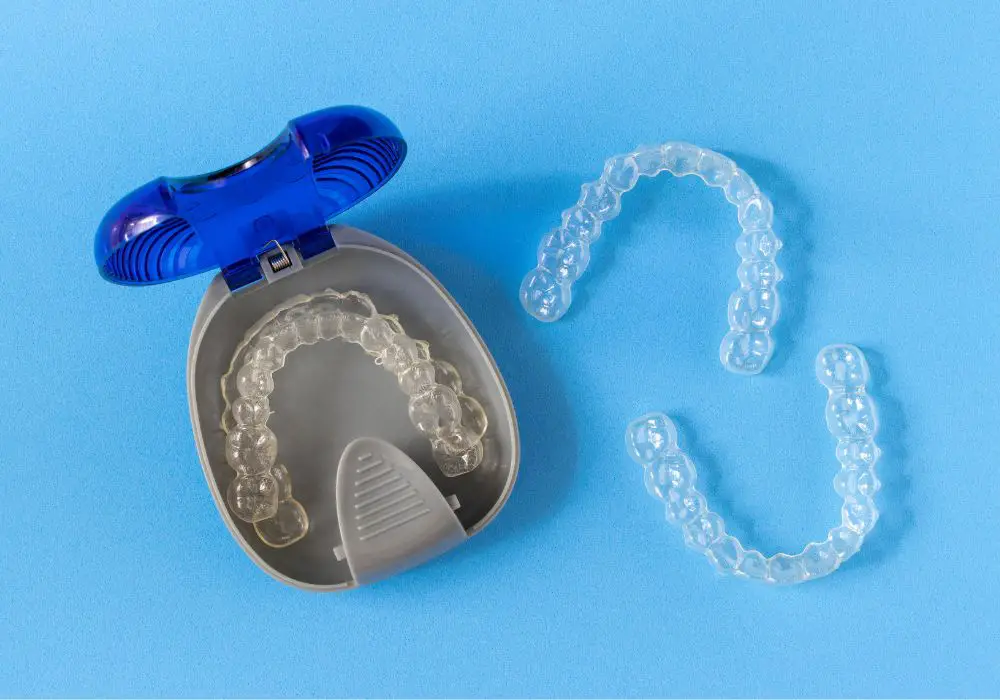
The general process for getting Invisalign for the targeted purpose of fixing front teeth problems closely follows the same steps as full treatment:
- Consultation visit – Meet with an orthodontist for an initial exam. They will be able to assess if your particular orthodontic case qualifies for front teeth only movement or if a more comprehensive plan is recommended.
- Imaging and records – Panoramic x-rays, intraoral photos, and dental impressions will be taken. This collective information allows mapping out a detailed treatment plan.
- Treatment plan creation – The orthodontist will outline the exact sequence of front tooth movements needed, including alignment, rotation, leveling, closure etc.
- Aligners manufactured – Once the treatment plan is finalized, customized Invisalign aligners are manufactured based on the tooth moving specifications.
- Treatment starts – The custom-fit aligners are delivered and treatment begins. Aligners are worn 20+ hours per day, changing to a new set every 1-2 weeks as directed.
- Progress check-ins – The patient returns at regular intervals for monitoring and new aligners are fit until the front teeth reach desired position.
- Retention phase – Upon completion of active aligners, removable retainers are provided to hold front teeth in corrected position.
Visiting an Invisalign specialist with experience in limited front teeth cases can offer advantages for a successful outcome.
Advantages of using Invisalign for only front teeth
While aligning all teeth with Invisalign is considered best practice for stability, using the system for the isolated purpose of improving front tooth alignment does offer some benefits:
- Faster treatment times – Cases limited to moving just front teeth involve the shortest distances and simplest mechanics, allowing for accelerated treatment.
- Visible improvements – Enhancing the visible front 6 or 8 teeth can create big improvements in smile aesthetics.
- Potentially more affordable – Without comprehensive full treatment, costs may be slightly lower and possibly covered by insurance.
- Removable system – Invisalign aligners offer discreet straightening compared to conspicuous metal braces.
- Prevents worsening issues – Alleviating front tooth problems like crowding can prevent further progression over time.
- Patient confidence boost – Those unhappy with specifically their front teeth gain confidence from subtle improvements.
- Supplemental to other treatment – Invisalign can complement additional orthodontic treatments focused only on back teeth if needed.
For patients with minor-to-moderate front tooth issues and reasonable expectations, Invisalign can represent an effective limited treatment option when performed methodically.
Risks and disadvantages to consider
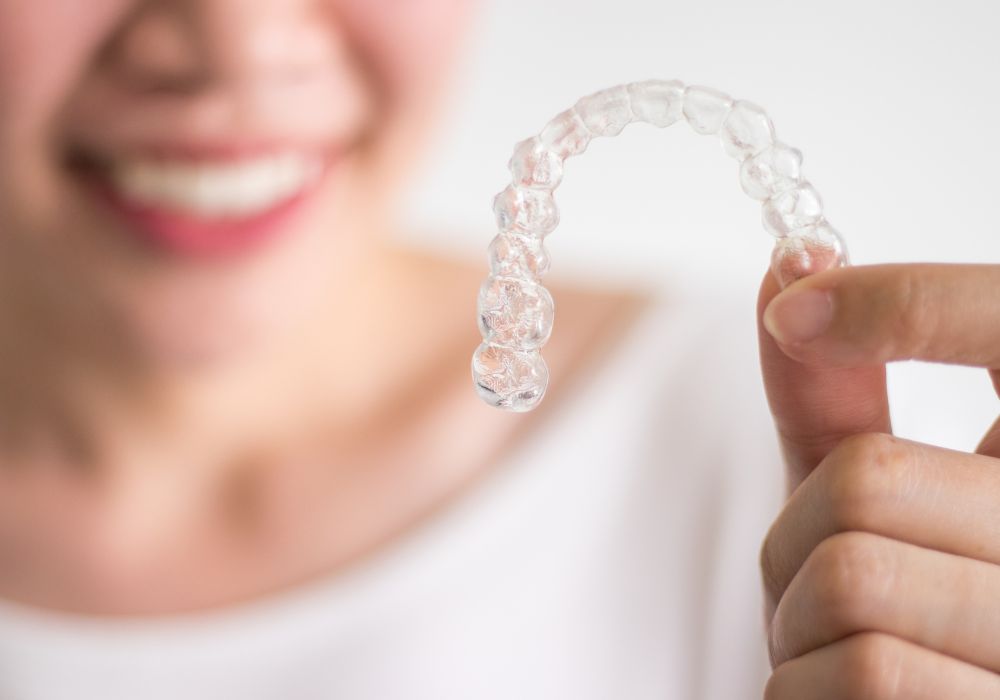
While Invisalign used only for front teeth alignment does have some potential benefits, there are also several downsides to carefully consider:
- Relapse risk – Without comprehensive orthodontic treatment, the straightened front teeth may regress and relapse over time once aligners are removed.
- Back tooth problems – Uneven positioning of back teeth due to lack of movement may eventually cause bite issues like overcrowding. Additional treatment may be needed later to correct new problems.
- Aesthetic compromises – Moving only the visible front teeth often cannot fully achieve ideal facial and smile symmetry.
- Not an appropriate substitute – Comprehensive evaluation and movement of all teeth together remains the gold standard for stability and oral health.
- More attachments often needed – Isolating front teeth movements frequently requires more precision cuts and attachments on the teeth to enhance control.
- Less predictability – By only addressing the front teeth, overall predictability and reliability of the end result decreases substantially.
- Insurance limitations – Most insurance excludes limited Invisalign treatment, resulting in out-of-pocket costs.
Thoroughly discussing concerns with an orthodontist allows for carefully weighing the advantages and disadvantages of limited front teeth Invisalign versus more comprehensive approaches.
FAQs about Invisalign for only front teeth
Can Invisalign be used to treat just the front 4 teeth?
In select cases, yes, Invisalign may be customized to focus specifically on aligning just the 4 upper and 4 lower front teeth. However, including more teeth is still considered best practice for stability. Thoroughly discuss options with an orthodontist.
Can Invisalign work well for closing small gaps between front teeth?
Yes, Invisalign is very effective for closing small-to-moderate spacing gaps between front teeth by carefully moving the teeth together. For more substantial spaces, restorative solutions like dental veneers or dental implants may be preferable.
Is it possible to fix an overbite with Invisalign without also treating the back teeth?
Fixing an overbite or underbite bite issue requires strategically coordinated movement between the front and back teeth. Isolating only front teeth risks worsening bite problems over time, so full arch treatment is strongly advised.
Can Invisalign successfully straighten severely crooked or twisted front teeth?
Invisalign may still be an option for significantly crooked front teeth, but will likely require attachments, interarch elastics, longer treatment times, and incorporating back teeth for anchorage and support. Consulting an orthodontist is recommended.
Is Invisalign cheaper if it’s only used for correcting front teeth?
Potentially yes, as shorter treatment duration and fewer aligners required can lower costs. But limitations from insurance denial of limited treatment often makes front-teeth-only Invisalign more expensive overall long-term.
Conclusion
While using Invisalign to focus solely on improving front tooth alignment is certainly possible in selective cases, incorporating orthodontic treatment of all teeth together remains the gold standard approach for achieving predictable, stable results long-term.
Thorough diagnostics, comprehensive treatment planning, and transparent discussion with an orthodontist allows for deciding if pursuing Invisalign for front teeth only could suit your needs or if broader treatment is recommended. If opting for front teeth only movement, be sure to understand the key limitations and risks involved.
With pragmatic expectations about the extent of improvements possible from targeted front teeth adjustment versus complete orthodontic realignment, Invisalign can still be a practical option for enhancing your front tooth smile.


